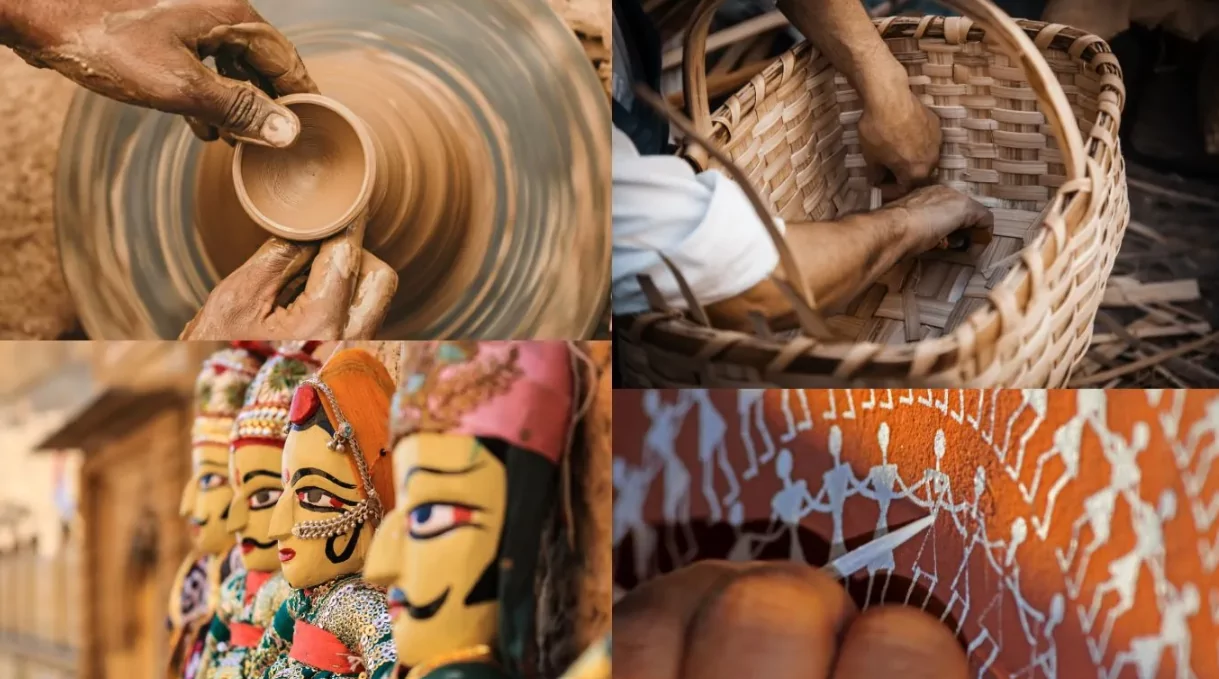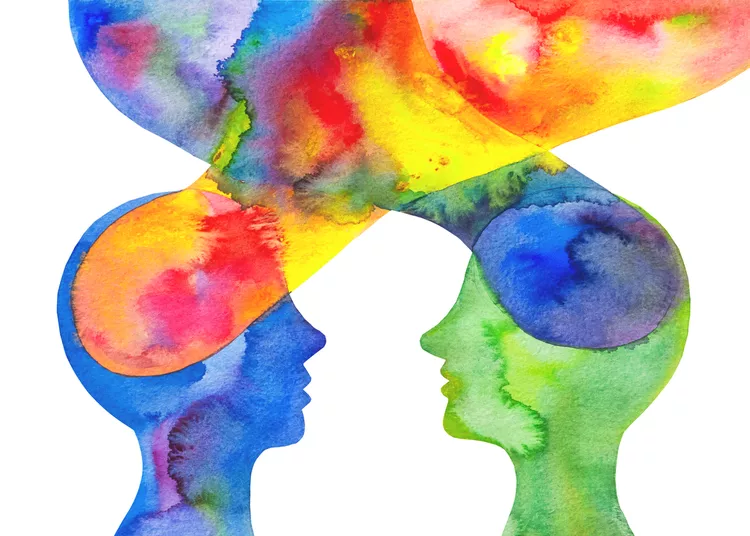Post-globalisation, it’s been a season of growth and popularity for the Indian art sector. There has been a transformation in the way Indian art is perceived. While there’s always room for improvement, one cannot overlook the journey of Indian art and artisans this far. As per a Business Standard news article, “the industry garnered a total turnover of Rs 1,146 crore ($144.3 million) through the sale of 3,833 works in FY23. This in comparison to the report of FY21, indicated a collective turnover of Rs 880.9 crore”. While the numbers agree that Indian art is going global, the numerous exhibitions, fairs and meetups suggest the same.
Not only art enthusiasts but the Indian government has also taken a keen interest in popularising Indian traditional art. The Indian Art Fair and Indian Art, Architecture and Design Biennale are a testament to this. There are ZCCs (Zonal Culture Centres) which organise exhibitions and programmes that promote Indian art and provide a livelihood to local artisans as well. These initiatives are directly proportional to how Indian art is perceived globally.

Source: newindianexpress
As per news articles and research, the UK, U.A.E, USA and Germany are some major importers of Indian traditional art. This includes hand-printed, embroidered or hand-painted textiles. As per the Export Promotion Council for Handcrafts, folk art and craft is gaining even more popularity and is in high demand overseas.
Globalisation and Indian Art
Auction houses like Sotheby and Christie show significant foreign investments in Indian traditional art. Recently, an auction held by the aforementioned auction houses displayed renowned artist VS Gaitonde’s Indian art. It was sold at an amount that set records – as the highest-paid artist. In addition, It is also found that several Indian expats’ love for traditional Indian art is further promoting Indian craftsmanship overseas.
Indian Art Going Global Through Technology

Source: Times of India
India’s ancient inscriptions, archaeological sites and several monuments are traces of Indian art heritage. Keeping that in mind, India’s annual budget for 2023-2024 for the Ministry of Culture is a whopping 3,399.65 crores. It is to ensure international cooperation about Indian art, and the development of museums along a new addition that is – a digital epigraphy museum. Bharat Shared Repository of Inscription(BharatSHRI) is set to be launched in Hyderabad which shall house more than 1 lakh ancient inscriptions including stone and copper plate grants. The digital availability shall ensure access to art connoisseurs, researchers and scholars across the globe.
Similarly, Rooftop’s online workshops are a window to explore a variety of Indian traditional art at one’s convenience and pace. The Rooftop app offers a plethora of options to pick and choose from. From Madhubani to Mandala, Phad to Pattachitra and many more. It bridges the gap between enthusiastic learners and expert artists. The detailed workshops ensure the authenticity of art and the artist. The workshop price range (₹499-700) is pocket-friendly which makes it even more accessible for art lovers
Indian Art Going Global Through Adaptation and Collaboration

Source: Vogue
Not just through paintings and artefacts, Indian art is going global through various adaptations. Like the one done by a luxury brand – Louboutin. Lately, popular Indian designer Sabyasachi Mukherjee and Christian Louboutin collaborated to launch their new Indian haute couture shoe collection. Indian art on fabric like kalamkari, zardozi, and phulkari was used to craft unique shoes. To quote the shoe maverick Louboutin, “The idea behind this collection is that I wanted the world outside of India to love it as I do.”

Source: Rajasthan Studio
Along similar lines, one of Rooftop’s vertical Rajasthan Studio gave the Miss World participants an exquisite Indian art experience. It was a unique collaboration between Indian art and glamour as the participants tried on the Juttis crafted by award-winning Indian artists Mohan Lal Gurjar and Chanda Lal Gurjar.
Indian Art – A Source of Soft Power
As a part of the Central and State Government’s initiative to promote Indian traditional art and culture an MoU was signed between the Bihar Handicraft Industry and ICCR(Indian Council for Cultural Relations). This would ensure Bihar’s handicrafts and local art would get further global recognition. Moreover, it shall also strengthen the ties between Bihar and other nations.
Similarly, Rooftop’s international art workshops open the doors for cultural exchange. The recent Indian art workshop held in Dubai exemplifies how Indian art is going global. The participants learnt authentic techniques from Padma Shri Bhuri Bai, a renowned Bhil artist, Award-winning Gond artist Venkat Raman Singh Shyam and renowned Warli artist Pravin Mhase.
In Conclusion
The global love and appreciation for Indian art is more than just a passing trend. It is an evidence of how Indian art and the craftsmanship is timeless. Digital innovations, marketing, and collaboration have propelled Indian traditional art onto the global stage. These events and workshops not only ensure the preservation of Indian art and heritage but also promote economic prosperity. This thought and effort forever aligns with the ethos of Rooftop.
To learn more about us download the Rooftop app from Google Play or App Store. Follow us on @rooftop_app for our upcoming art events, corporate events, workshops, blogs and much more.
By Sayali Parkar




